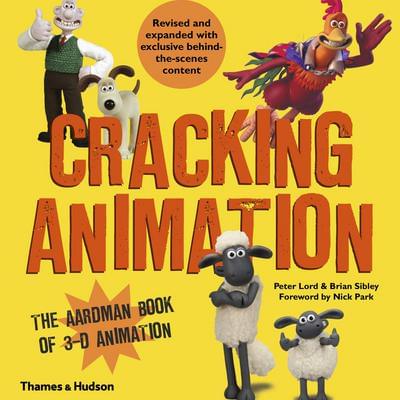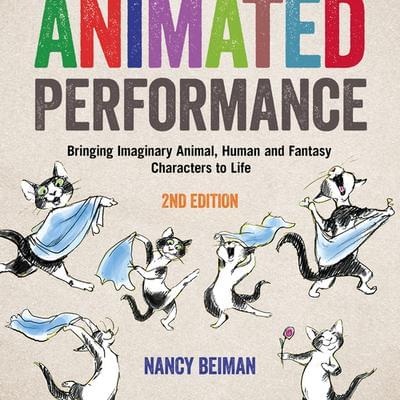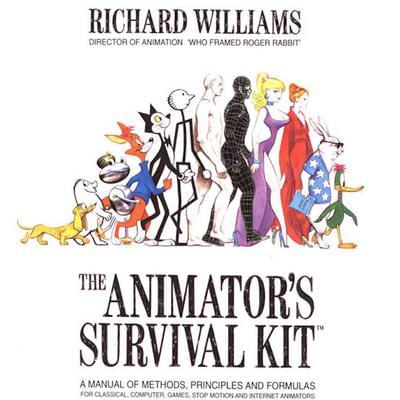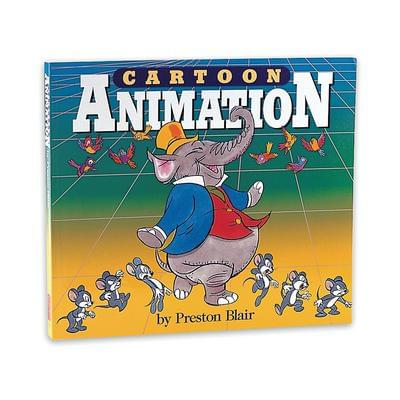Getting Started with Animation
Are you an animation enthusiast? Since you’re here I imagine you answered “yes”. Animation is all about telling stories with art. Paintings alone can be amazing story tellers, but if we can make them move? That’s where the magic lies.
According to PR News Wire, in 2018, the value of the animation industry was estimated to be $259 billion (USD). As of 2020 this figure is roughly $279 billion.
People continue to enjoy animated content. In the west Disney and Disney Pixar are the largest studios creating animation today, but the increase in popularity of streaming services like Youtube, and more recently Netflix, has given more people access to a wider variety of animated content.
Youtube (and Vimeo, and similar) in particular is interesting since it gives amateurs a way to present their animated content to the world.
Brush Ninja Quick Start
History of Animation
Animation as a form of art has been around for hundreds of years. This includes methods such as shadow play, or the Phenakistiscope; but these aren’t what we think of as animation now. “Traditional” animation generally refers to 2d cartoons, and “3d animation” refers to computer generated cartoons. These days most cartoons are computer generated, even the 2d ones.
But going back, El Apóstol was the first feature length animated film; produced in 1917 it was 70 minutes long. This came after several people tried to create short animated films — such as Gertie the Dinosaur that was produced in 1914. El Apóstol boasts being the first commercially profitable movie.
In 1928 Mickey Mouse was born. He wasn’t the first character created by Walt Disney, but he has had the longest life and is still an enduring personality.
Currently, due to technological advancements, animators are using augmented reality, virtual reality, and 360-degree video technology to create 3D animated videos. This is such a change from the 2d animation techniques from the early 1900’s.
And this is the briefest possible history of animation, if you’re really interested then you can check out a comprehensive history of the art of animation on Wikipedia.
Animation Techniques
Computer-generated
This is the dominant technique used today. Thanks to technology. You can have spectacular results, especially with the development of 3D, but 2d animations are also often computer generated.
Hand drawn
This remains one of the oldest forms of animation techniques. Thsi technique involves painstakingly drawing each frame individully. Often with these type of cartoons you will have senior animators who draw the ‘key frames’, and more junior animators who then fill in the movement inbetween. This technique is known as tweening. Hand drawn animation generally uses 25 or 30 frames per second. Since everything is done manually this is one of the more expensive techniques.
Stop motion
Stop motion animation is creating the illusion of movement using physical objects and lots (and lots and lots) or photos of them in slightly different positions. It invloves photographing a model or figure and then moving it in tiny increments. Each time you move it you take another photo. Once you have all your photos you combine them and play them back one after the other.
Aardman are one of the most famous stop motion animation houses, creating Wallace and Gromit, Shaun the Sheep, and many other animated movies. Laika are also an amazing company creating some beautiful work. Unfortunately the number of companies using these techniques is decreasing. When done well stop motion is a beautiful thing but, like hand drawn animation, it’s very time consuming (and so very expensive) so less commercially viable.
Recommended Resources
Video Tutorials
Youtube is an amazing source of educational resources. The videos below are great starting points.
- 12 Principles of Animation
- 7 Tips for smooth animation
- Animation basics: The art of timing and spacing
- Animation basics: The optical illusion of motion
- Animation Smears - smooth motion with fewer frames.
Courses
- Pixar in a box - Some great information about animation, storytelling, and world building. Some is a bit advanced, but there’s a lot of interesting stuff in there.
- How to think when you draw - Junior - a free collection of tutorials to help you learn to draw.
Books
If you want to learn how to develop animated films, you can check the following books:
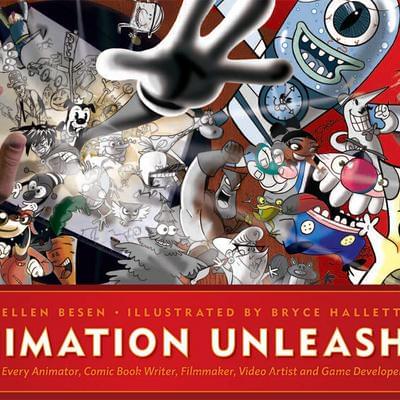
Animation Unleashed
100 Principles Every Animator, Comic Book Writer, Filmmaker, Video Artist, and Game Developer Should Know
Benefits of Animation on Brain Development
“Animation can explain whatever the mind of man can conceive. This facility makes it the most versatile and explicit means of communication yet devised for quick mass appreciation.” - Walt Disney
Are you aware that 70% of your of all body sensory receptors are in your eyes? 50% of the brain plays a crucial role in processing what you see. Animation can help you to absorb the information you see on the screen. Recent studies argue that videos contribute to brain growth and boost memory capacity by 65%. In a 2007 study, the researchers found that animated narrations helped students both in the overall retention of biological topics.
Therefore, if you are looking forward to boosting your brain retention rate, you should definitely think of using animation. That’s not all; animation videos play a crucial role in enhancing your creativity. It puts in a situation where you want the extra mile to learn something. It promotes your inherent but dormant creative powers. Thus, you should not argue the benefits of animation from a business perspective. There is more to animation. You learn all this as you dive deeper into this industry.
Conclusion
The animation industry trend seems promising. You should not shy off from establishing your spot in the industry. Most businesses have seen the need to incorporate animation into their marketing strategy. For this reason, you should take advantage of this trend and reap big.
Learn something new every day. Also, invest your resources in acquiring more skills in animation. The good thing about this era, you can get all the information about animation from the comfort of your desk. Grab this opportunity, and you won’t regret the decision. Remain consistent and disciplined as you learn more animation skills. We wish you all the best in your quest to become an animation guru.
More Help?
How to Use Brush Ninja
- Brush Ninja Interface
- How to Make a Gif - An animation primer.
- Sound Effects - Add audio effects to your animations.
- Using Your Own Images - Use your own images to create animations.
- Select Mode - Move, Scale, Rotate, Skew, Group, Duplicate, Copy and Paste.
- Stickers
- Colours - Fill and Line colours, and how to pick custom colours.
- Keyboard Shortcuts
Common Questions
How to Upload Animations
- How to Access Downloaded Animations on Android
- How to Convert an Animated Gif to a video
- How to Export your Animation - Share your animation with friends, or teachers.
- How to Open a Brushninja file - Loading a file.
- How to Save your Animation - Save your animation to be reopened later.
- How to Upload Brush Ninja Animations to Google Docs and Google Slides
- How to Upload Brush Ninja Animations to Instagram
- How to access downloaded animations on iOS
- How to Upload Brush Ninja Animations to SeeSaw
- How to Upload Brush Ninja Animations to Twitter
Problems
← Glossary of Animation TermsHow to come up with Animation Ideas →

